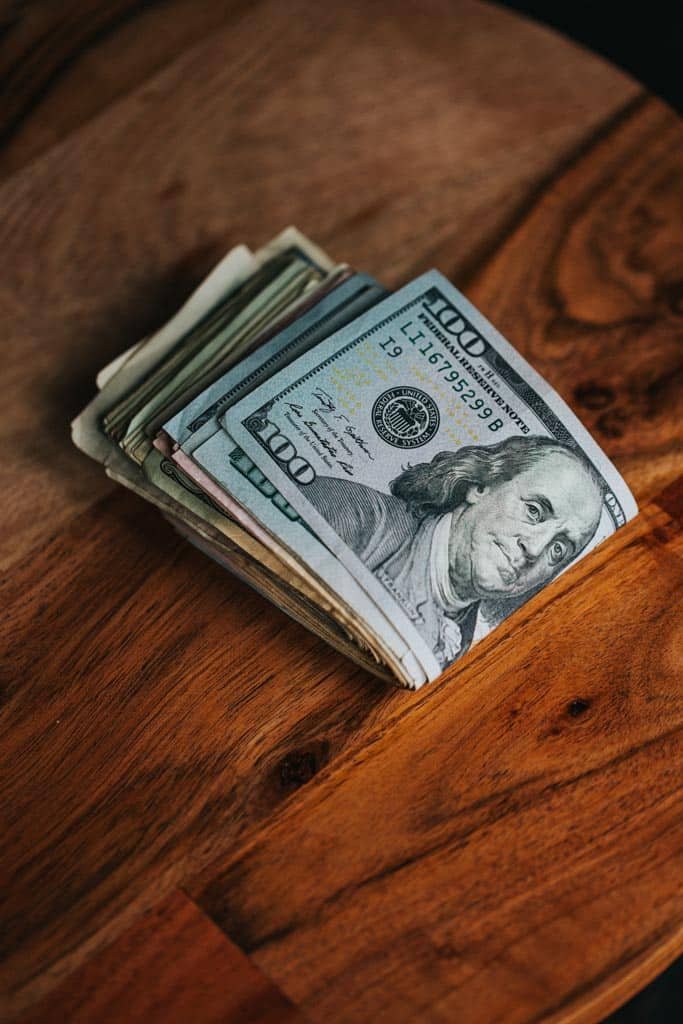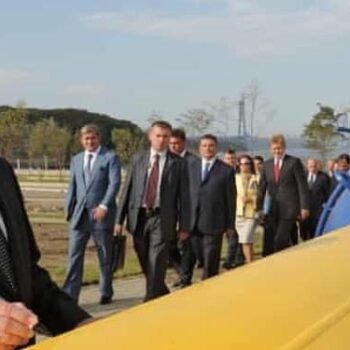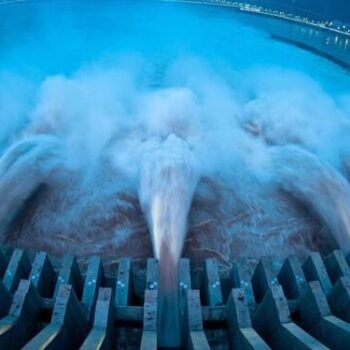
Years ago, a smart guy told me that if I want to explain financial concepts to people, I should use house analogies.
A house is a tangible asset. You can see it and touch it. And most people can identify with buying or selling a house…or at least paying rent.
I’m glad this is the case, because a simple house story can teach you a strategy that can make you hundreds of thousands – even millions – of dollars in the natural resource business. It’s by far one of the most important investment strategies I know. If you can understand it, you’ll be ahead of 99% of your fellow investors.
Let’s go house hunting…
Let’s say you’re looking to buy a house. The area you’re looking in has just been through a bust, which most areas suffered in 2008. There are few buyers and lots of sellers. Real estate agents are losing their jobs left and right. The market’s mood is terrible.
You tour a nice four-bedroom house with an asking price of $300,000. The house is big. It’s new, high-quality construction. It’s in a great neighborhood. You find out from a contractor that it would take $380,000 to build the same house. It’s a bargain.
But it gets even better…
On your tour, you notice the owner spent a fortune on the house. The kitchen has beautiful granite countertops that cost at least $20,000. All of the kitchen appliances are new and top-of-the-line; their total cost is $22,000.
The first floor has beautiful new hardwood flooring. You learn it cost $42,000. The driveway is expensive stone. Price tag: $30,000. Between the floors, the driveway, the kitchen, and the bathrooms, the guy easily dumped more than $120,000 into what you’ve seen so far.
Then there is the top-of-the-line home entertainment system ($31,000) and the huge back patio ($55,000). And since the owner is broke and desperate to sell and move on, he wants to leave all the furniture in the house ($89,000).
The guy dumped more than $300,000 into this house, nearly as much as it would cost just to build it – even without the bells and whistles.
I’ve just described something most home buyers would love to encounter. We all like to buy assets loaded with as much value as possible for as little money as possible.
Whether we like to admit it or not, we’d all jump at the chance to benefit from someone’s big mistake and buy “sunk” assets at fire sale prices. In this example, some guy got in way over his head and you’re looking at an incredible deal.
This story is important because it illustrates one of the most powerful wealth-building concepts in all of resource investing…one that can make you 20 times your money on a single investment.
In my essay titled “The Biggest Key (By Far) to Making Huge Money in Resource Stocks,” I detail how natural resource markets are some of the most “cyclical” markets on Earth. One year, the value of a resource like oil will skyrocket 75%. The next year, it will fall 50%. (If you aren’t familiar with resource cyclicality, please read that essay here).
In other words, resources tend to go through huge booms and huge busts. During a bust, resource firms and resource investment funds act just like that desperate guy in our house example. They become despondent, strapped for cash, and willing to sell projects they spent fortunes on developing for huge discounts.
Mining and energy are very expensive businesses. Simply finding and delineating a resource in the ground can cost over $300 million. Building the roads, bridges, powerlines, and processing facilities necessary to mine a deposit can cost more than $1 billion.
In 2014, I visited a site where a $90 million oil well was being drilled. The road to get to the well cost $14 million. That gives you an idea of how much one little thing can cost on a resource project.
In a resource boom, there is plenty of cash flow and plenty of new investor capital to spend on all those things. Mining and energy executives get carried away and start believing the good times will last forever. For example, in 2003, the copper industry spent less than $5 billion on new projects (called “capital expenditure” or “capex” spending). In the years that followed, the price of copper climbed more than 300%.
Rising copper prices and free-flowing investor capital led the copper industry to increase its capex to $25 billion by 2011…and then to $33.7 billion in 2012. Soon after, the copper price collapsed and made a lot of those investments “uneconomic,” which is a polite term for “losers.”
For example, Barrick Gold, the world’s largest gold producer, purchased Equinox Minerals’ Lumwana copper deposit for $7.65 billion near the 2011 peak in copper prices. In 2013, Barrick took a $4.2 billion writedown on the acquisition. A writedown is when a company reduces the value of an asset on its books. Barrick’s $4.2 loss on Lumwana was a whopper of a writedown. This kind of mistake is a common occurrence near market tops.
The gold industry spent massive amounts of money on capex from 2005 to 2011. A huge bust followed. The oil and gas industry spent massive amounts of money on capex 2010 to 2014. A huge bust followed that as well.
All the money spent on drilling projects, geologic studies, roads, bridges, powerlines, processing facilities, wages, lawyers, permitting, and insurance was “sunk” into the ground…much like our desperate home seller’s hardwood floor. During a bust, desperate resource companies (who are often going out of business) will dump their assets for discount prices.
This is when the deep value resource investor swoops in and starts sifting through the capital expenditure wreckage. Or, as some investors put it, you start “dancing on graves.”
For example, the Pebble project in Alaska is the world’s largest undeveloped gold and copper deposit. It’s a monster. But it took a lot of money for the mining industry to figure that out. From 2000 to 2015, mining companies like Anglo American and Northern Dynasty spent more than $800 million drilling into Pebble and defining the huge resource.
However, a resource bear market and environmental issues crushed the market value of Northern Dynasty, the company that owns Pebble. By 2016, you could buy the company at a market valuation of around $100 million, a huge discount to the value of other people’s money that had been sunk into the project.
It costs a fortune to discover, define, and develop large resource deposits. In some cases, more than $800 million. During boom times, people are more than happy to spend that much on a deposit. During bust times, when sentiment is terrible, they are happy to sell the same deposit for a 75%+ discount. That’s when you need to be ready to buy.
Remember, an asset trading for 90% off its intrinsic value has to rise 10-fold in order to get back to normal. That’s why the gains after a bust can be huge.
The next time a resource sector is down big from its high and industry sentiment is terrible, start looking around for projects that have enormous amounts of capital sunk into them. Look for deposits firms have spent hundreds of millions of dollars studying, drilling, and permitting. You’ll often find you can buy all their work and knowledge for pennies on the dollar. It’s the ultimate way to use other people’s money (OPM).
By applying this deep value approach to resource investing, you’ll be able to acquire valuable assets that are already far along the development curve…while letting those who came before you pick up the tab.






